Microscopes are essential tools for scientists and engineers in a wide range of fields. They allow us to see things that are too small to be seen with the naked eye, and they provide valuable insights into the structure and function of materials and organisms.
Microscopes are used in a wide range of scientific and industrial applications. Some of the most common applications include:
1.Biological research: Microscopes are essential tools in studying and understanding various biological processes. They allow scientists to observe cells, tissues, and microorganisms in detail, helping in the research of diseases, genetics, and cellular functions.
2. Medical diagnosis: Microscopes play a crucial role in medical diagnostics. They are used to analyze blood samples, identify parasites, examine tissue biopsies, and detect abnormalities in cells. Microscopes also aid in the analysis of samples for pathology and histology.
3. Material analysis: In industrial settings, microscopes are used for material analysis, such as examining the surface quality, structure, and composition of materials. This is especially important in quality control and ensuring the integrity of products in various industries, including manufacturing, electronics, and automotive.
4. Pharmaceutical research: Microscopes are used in pharmaceutical research to investigate the structure and behavior of pharmaceutical compounds. This helps in drug discovery, formulation, and development processes. Microscopes are also used for drug testing and studying drug interactions with living organisms.
5. Environmental science: Microscopes help in environmental studies by analyzing soil samples, water quality, and identifying microorganisms in various ecosystems. This information assists in understanding environmental processes, monitoring pollution levels, and evaluating the impact of human activities on the environment.
6. Forensic science: Microscopes are vital tools in forensic science for the analysis of trace evidence, such as hair, fibers, and fingerprints. They enable forensic scientists to extract valuable information from minute samples to aid in criminal investigations and provide scientific evidence for court cases.
7. Nanotechnology: Microscopes, particularly electron microscopes, are essential in the field of nanotechnology. They allow scientists to visualize and manipulate materials at the atomic and molecular levels, aiding in the development of new materials, devices, and technologies.
8. Metallurgical analysis: Microscopes are used in metallurgical laboratories to study the microstructure and mechanical properties of metals and alloys. This information is crucial in determining the quality of materials, assessing failure mechanisms, and optimizing manufacturing processes.
Overall, microscopes have far-reaching applications in various scientific fields and industries, providing researchers and professionals with valuable insights into the microscopic world.
TECHNICAL SOLUTION
MORE+You may also be interested in the following information
FREE CONSULTING SERVICE
Let’s help you to find the right solution for your project!
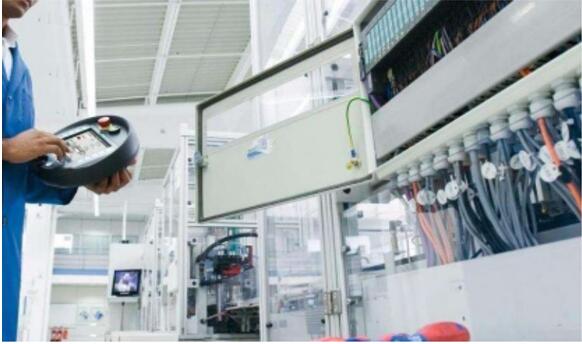

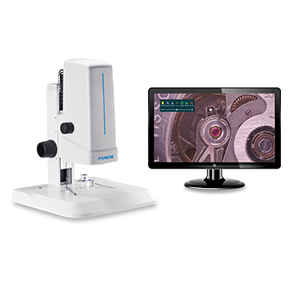
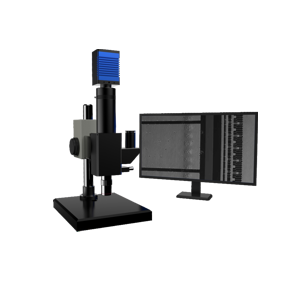
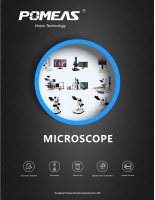

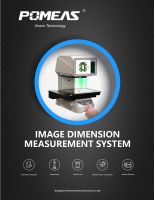
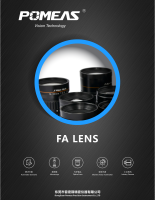
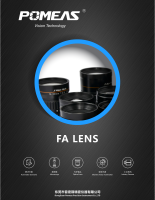

 ASK POMEAS
ASK POMEAS  PRICE INQUIRY
PRICE INQUIRY  REQUEST DEMO/TEST
REQUEST DEMO/TEST  FREE TRIAL UNIT
FREE TRIAL UNIT  ACCURATE SELECTION
ACCURATE SELECTION  ADDRESS
ADDRESS Tel:+ 86-0769-2266 0867
Tel:+ 86-0769-2266 0867 Fax:+ 86-0769-2266 0857
Fax:+ 86-0769-2266 0857 E-mail:marketing@pomeas.com
E-mail:marketing@pomeas.com
